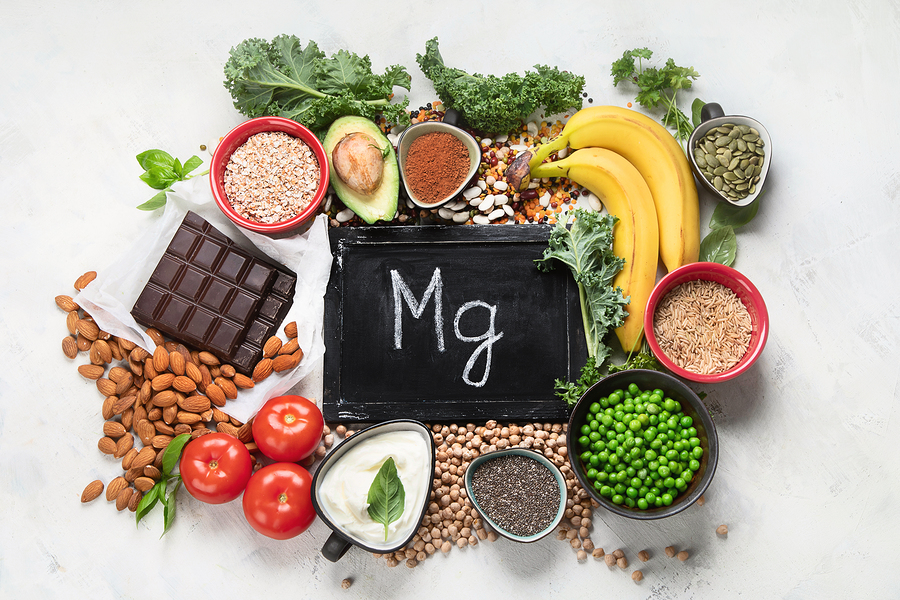Magnesium is well-known for the role it plays in the structure and function of nerves and muscle tissue. And it’s absolutely essential for nearly every chemical reaction that takes place in the body. Additionally, when you put your body through the demands of a rigorous workout or a physically demanding job (such as construction crews that work in extreme temperatures or first-responders), magnesium is in demand by the body and rapidly depleted. This is why it’s important for people who compete at a high level or have demanding jobs to get enough magnesium in their diet and/or a supplement.
Of the many things that magnesium does in the body, here are a few of the more significant jobs for health and recovery. Magnesium . . .
- helps blood vessels dilate, which maintains lower blood pressure and makes it easier for the heart to pump blood.
- supports the circadian rhythm and stress-response systems in the body. When these systems function properly you get better quality of sleep, which supports immunity and lowers stress.
- facilitates the movement of the bowels.
- relaxes muscles and can help reduce soreness and cramps.
Food sources of magnesium include leafy vegetables, nuts, legumes, fish, fruits and whole grains. Because of the reduced quality of soil in which food is grown, there has been a decline in the magnesium content of food in recent years. A supplement can help ensure you are getting enough magnesium.
There are various types of magnesium supplements (pill, powder, liquid) and various forms (e.g., citrate, glycinate), each with different therapeutic benefits. A holistic physician can help you identify which form of magnesium is best, based on your current diet, health concerns, and lifestyle demands.
Resources:
“Magnesium and the Athlete.” Current Sports Medicine Reports Accessed 11 Jan 2020: https://journals.lww.com/acsm-csmr/Fulltext/2015/07000/Magnesium_and_the_Athlete.8.aspx
Mazur, A, Maier JA, et al., “Magnesium and the inflammatory response: potential physiopathological implications.” Arch Biochem biophys (2007) 458:1, 48-56. Accessed 3 Jan 2020: https://www.ncbi.nlm.nih.gov/pubmed/16712775
WorldsHealthiestFoods.com “Magnesium” Accessed 3 Jan 2020: http://www.whfoods.com/genpage.php?tname=nutrient&dbid=75
NutritionalMgAssocation.org “Nerve and Back Pain Treated with Magnesium” Accessed 7 Jan 2020: http://www.nutritionalmagnesium.org/nerve-and-back-pain-treated-with-magnesium/
Faloon, W. “Will Magnesium become the Next Vitamin D?” Life Extension (Dec 2016). 7-13.
Davis, D.R. “Declining Fruit and Vegetable Nutrient Composition: What Is the Evidence?” Hort Sci (2009) 44:1, 15-19 7 Jan 2020: https://journals.ashs.org/hortsci/view/journals/hortsci/44/1/article-p15.xml
Ancient Minerals.com “The Bad News about Magnesium Food Sources” Accessed 3 Feb 2017: http://www.ancient-minerals.com/magnesium-sources/dietary/
Thomas, D. “The mineral depletion of foods available to us as a nation (1940-2002) – a review of the 6th ed. of mcCance and Widdowson.” Nutr Health (2007) 19:1-2, 21-55. Accessed 3 Feb 2017: http://www.mineralresourcesint.co.uk/pdf/Mineral_Depletion_of_Foods_1940_2002.pdf

